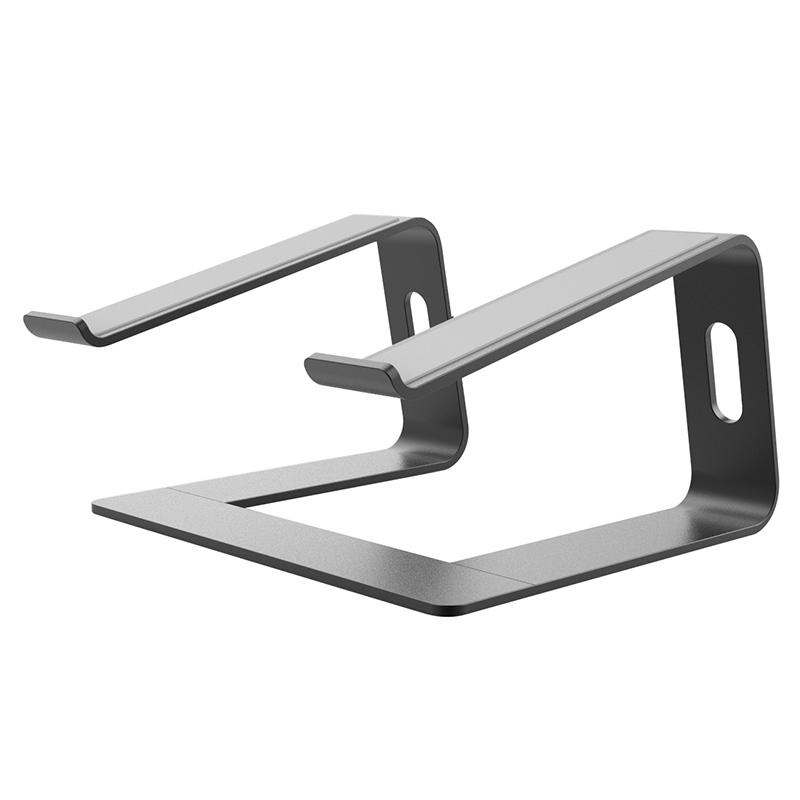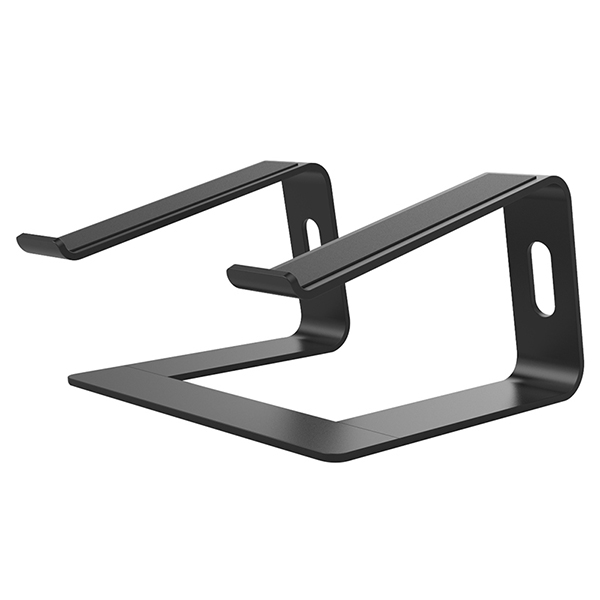Some methods for instrumentation fault diagnosis
Beijing Zhongyi Yusheng Technology Co., Ltd.
1. Tapping Pressure Method
When an instrument is running smoothly, it’s common to encounter intermittent issues, often due to poor contact or solder joints. In such cases, tapping and hand pressure can be effective troubleshooting techniques.
The "tapping" method involves gently tapping the board or component with a small rubber hammer or similar object to see if it causes an error or shutdown. The "hand pressure" technique involves pressing the inserted components and connectors after turning off the power when a fault occurs, then re-powering the device to attempt to resolve the issue. If the casing appears normal but the tapping doesn’t help, it’s advisable to reinsert all connections and test again. If this doesn’t work, further investigation is needed.
2. Observation Method
This method relies on sight, smell, and touch. Damaged components may show discoloration, blistering, or burn marks. Burned-out devices often emit a distinct odor, while short-circuited chips might feel hot. Visible or desoldered parts can also be identified by the naked eye.
3. Elimination Method
The elimination method involves testing internal boards and components to identify the source of the problem. If the instrument returns to normal after removing a specific board or device, the fault likely lies within that component.
4. Replacement Method
This approach requires having two identical instruments or sufficient spare parts. By replacing a faulty component with a known good one, you can determine if the issue is resolved.
5. Comparison Method
This method requires two identical instruments, one of which is functioning properly. Using tools like multimeters or oscilloscopes, you can compare voltages, waveforms, static impedance, outputs, and currents. By running both instruments under the same conditions and comparing signals from key points, differences can indicate the location of the fault. This method demands a high level of technical knowledge and experience.
6. Temperature Rise and Fall Method
Some instruments fail after long periods of operation or in high-temperature environments, only to return to normal after cooling down. This behavior is often caused by components with poor thermal performance. To diagnose this, you can use the temperature rise and fall method.
Cooling involves wiping the suspected area with anhydrous alcohol to lower its temperature and check if the fault disappears. Heating, on the other hand, involves using a soldering iron to raise the temperature of the suspect component (without overheating it) to see if the fault reappears.
For more detailed information about analytical instruments, please contact:
Beijing Zhongyi Yusheng Technology Co., Ltd.
Laptop Stand Amazon Basics,Laptop Stand Amazon Basics Aluminum,Laptop Stand Amazon Basics Ventilated,Laptop Stand Amazon Choice,etc.
Shenzhen Chengrong Technology Co.ltd is a high-quality enterprise specializing in metal stamping and CNC production for 12 years. The company mainly aims at the R&D, production and sales of Notebook Laptop Stands and Mobile Phone Stands. From the mold design and processing to machining and product surface oxidation, spraying treatment etc ,integration can fully meet the various processing needs of customers. Have a complete and scientific quality management system, strength and product quality are recognized and trusted by the industry, to meet changing economic and social needs .


Laptop Stand Amazon Basics,Laptop Stand Amazon Basics Aluminum,Laptop Stand Amazon Basics Ventilated,Laptop Stand Amazon Choice
Shenzhen ChengRong Technology Co.,Ltd. , https://www.laptopstandsupplier.com